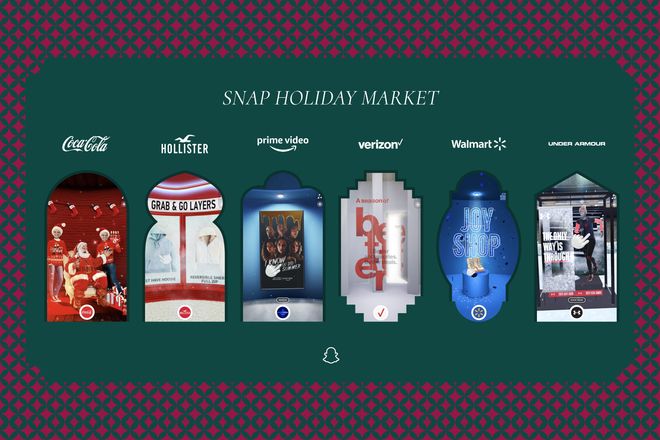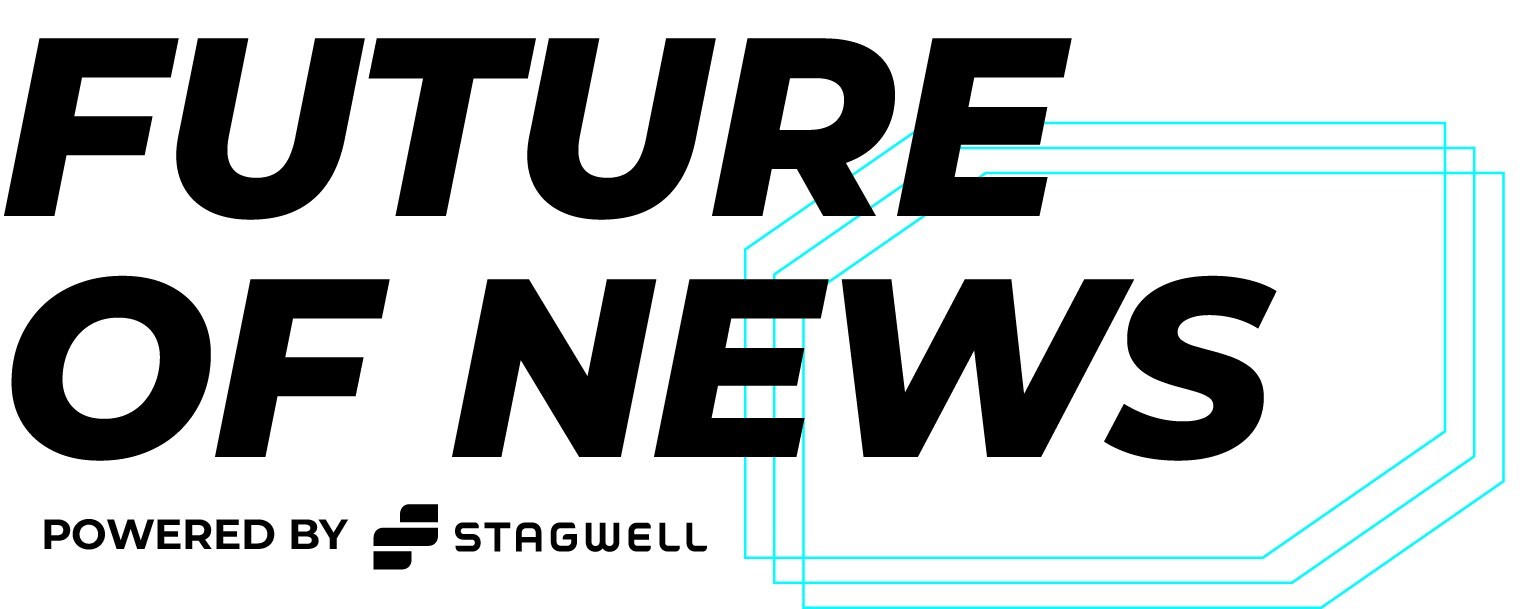By Stagwell Insights
CONTACT
hello@stagwellglobal.com
Marketing Frontiers is a new series from Stagwell exploring the methods, mediums, and messes modern marketers will grapple with over the next decade as they chart transformation in the discipline. This January, Stagwell is exploring the new frontiers of Augmented Reality.
Retail happens at the convenience of the consumer.
AR can change when and where brands build experiences, the discovery-to-purchase funnel, and how brands navigate the blended shopping experience.
Three trends will lead retail AR: Try Before You Buy, New Discovery Dimensions, and the Gamification of Retail.
The next decade of retail will no longer unfold on a brand’s terms. Digital transformation and the blending of in-person and physical experiences means commerce happens at the consumer’s convenience: on mobile devices, in between meetings, on the subway, and everywhere in between. This pivot will fundamentally change when and where brands build experiences, the discovery-to-purchase funnel, and the need for solutions that adopt the functional convenience of brick-and-mortar retail across any digital platform.
This change is more of an opportunity than a challenge. Mobile AR in retail has unlocked three trends worth capitalizing on for brands seeking creative strategies for adopting AR across their retail experience.
Try Before You Buy
Apparel and home goods have fine-tuned the use of mobile AR to “try before you buy,” allowing consumers to scale clothing sizes to their figure using their cellphone’s cameras or gauge whether a futon will fit in their apartments. Brands that haven’t sought ways to activate mobile AR yet should jump on the trend. Those who have should look for opportunities to push beyond rendering individual products in mixed-reality to build entirely virtual closets and storefronts, in line with the experiments brands like Kohl’s, FaceCake, and Snap have pioneered.

Give consumers the ability to purchase, try on, see reviews, engage with a customer specialist, and more without leaving the comfort of their homes, and you crack the convenience code. Imagine the world of possibilities for more addressable marketing, influencer integrations, and social commerce.
AR isn’t just landscape for apparel and home goods. Food and CPG brands might foray into more AR content experiences that illuminate how their products can be blended to create exciting recipes. Picture Kraft or Nestle emblazoning their packages with QR codes that activate AR chef’s assistants on mobile to teach you the perfect way to blend pantry staples to make a complicated feast.
New Dimension for Discovery
The importance of convenience for consumers in the digital era doubles as an attention and discovery problem. Besieged by brand messaging, consumers have difficulty finding relevant and valuable marketing and promotions when they desire them. Those with smaller marketing budgets struggle to make noise in the din, barred from prime advertising real-estate. AR unlocks a new layer or dimension of marketing that can power intelligent, sustainable content opportunities to aid today’s brands in discovery. Location-specific AR overlays can add flair to major promotions, bring virtual participants closer to the brick-and-mortar experience, and transform common areas like subway trains or city parks into rich canvasses for marketing integrations.
Savvy businesses might partner with regional publishers for guerilla OOH activations, placing QR codes at major city throughways that open up an AR directory of local retailers, shopping centers, and other nearby experiences. This would allow consumers to access an engaging universe of directional content while cutting expenses for regional media distribution and carving out more stages for branded placement and authentic advertising.
Gamification of Retail
The trend towards experiential retail underscores a key point about today’s consumers: digital experiences are never wholly individual. It’s why AR shows such promise for live events and retail. If you can add a layer of shared competition to your retail experiences, you can power deeper consumer engagement. Sporting apps that pit peers against each other to meet fitness goals could enhance that experience with an AR layer that allows for connection with nearby runners, displays local challenges like conquering a particularly steep hill, and rewards users with a coupon or digital assets.
In-store brands might roll out limited-time activations like scavenger hunts to encourage shoppers to engage with as many AR-powered product displays as possible to unlock additional savings at the counter. A retailer might also add an AR layer encouraging added engagement with overstocked items, bring product displays to life with virtual influencers rendered in AR, or use augmented reality content to add local color about in-store products. With experiments in NFTs and other virtual tokens and commodities, brands have an array of new tools at their disposal to encourage and reward hybrid engagement.
What to do?
Our verdict: now is the time to experiment with and fine-tune brand-relevant strategies for working AR layers through the marketing stack. Mixed reality can be a serious investment. Brands should look for existing partners who can help deliver AR technology via platforms consumers are already engaging with to minimize the start-up costs of a new foray into AR.
The question of budgets and investment aside, our advice about AR mirrors our advice about many new marketing frontiers: before running blindly in their pursuit, ensure the technology is additive to the digital layer of your brand. Ask yourself how AR will add dimensionality or a compelling new flavor of experience to the products and services you provide your consumers. We are bullish that AR’s value is creating shared experiences and enhancing convenience for today’s consumers. If your AR strategy doesn’t accomplish those two goals, you may be better off experimenting with other modern digital marketing tools.
Finally, AR and the industry-wide focus on the metaverse is an opportunity to push innovation and creativity further than ever before. Don’t just replicate content and experiences in AR; redefine them. View augmented reality as an opportunity to unlock new ways to connect and communicate with your brand’s consumer base and zealously chase a more creative future.
Related
Articles
In the News, Press Releases
Jun 13, 2025
Stagwell (STGW) Unveils Official News Network as an Extension of its Future of News Initiative, Allowing Clients Direct Access to Leading News Publishers

Artificial Intelligence, In the News, Marketing Frontiers, Press Releases, Stagwell Marketing Cloud, Tech
Jun 12, 2025
PRophet, a Stagwell (STGW) Company, Completes Integration of UNICEPTA, Launches Unified Brand and Enhanced Media Intelligence Offering

In the News, Marketing Frontiers, Press Releases, Stagwell Marketing Cloud, Tech
Jun 11, 2025
The Marketing Cloud Launches Cutting-Edge Platform to Simplify Marketing Workflows

